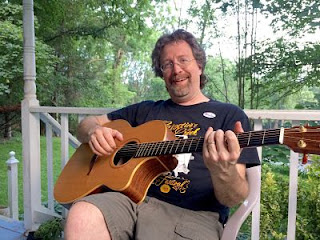Welcome!

And thank you for visiting! My purpose is to help people who may have done a DNA test learn all of the powerful ways they can use it to explore their family history. Disclaimer : I am not a certified Professional Genealogist, simply an experienced and always-learning family researcher with a gift for simplifying complicated concepts to make sense to a casually interested person. I have spent many years exploring my own history in the British Isles and colonial New England, as well as my wife's Spanish and Polish heritage. I have uncovered fascinating family stories, and had incredible experiences with living relatives. Our family's past has made my present rich indeed, and that is an amazing gift that I'd love to help you unlock. This blog will feature lots of simple posts on how to make the most of your DNA test in combination with the essential thorough traditional research. We truly live in a "Golden Age" of Genealogy, where our DNA science allows us to rel...